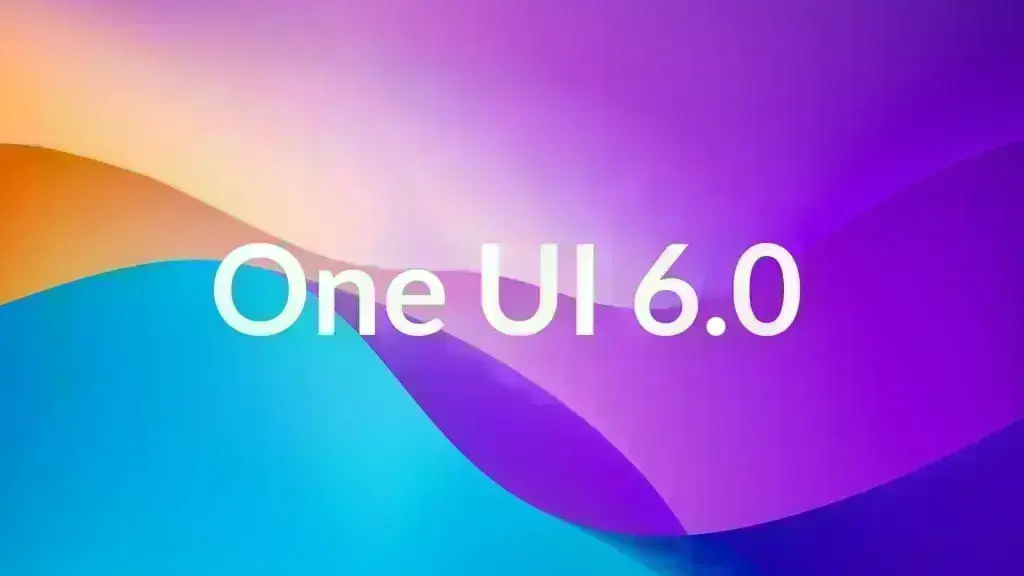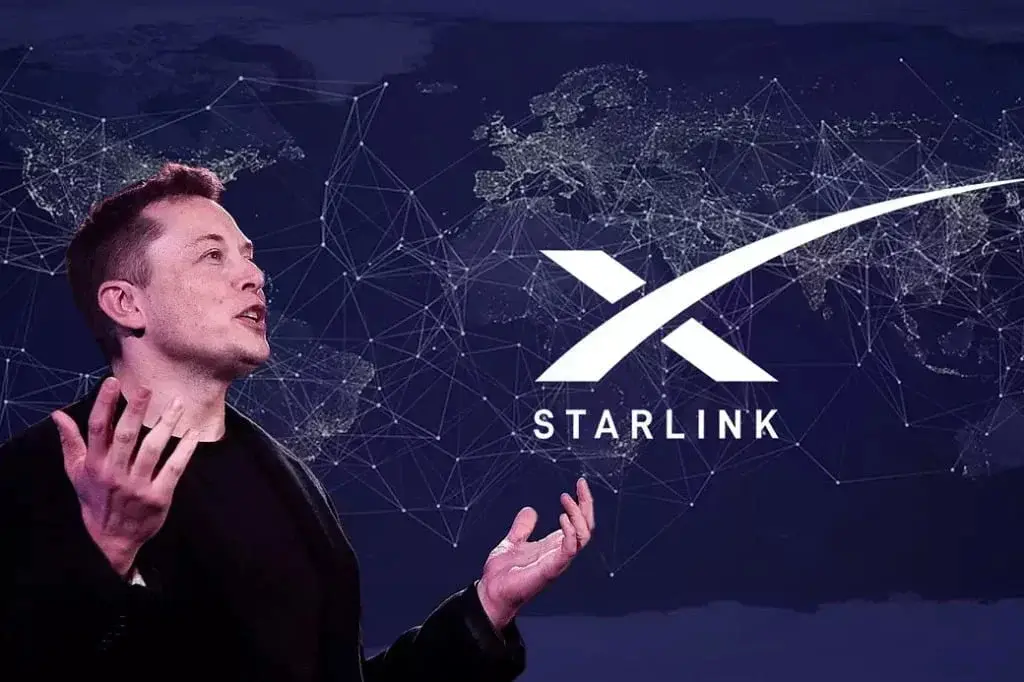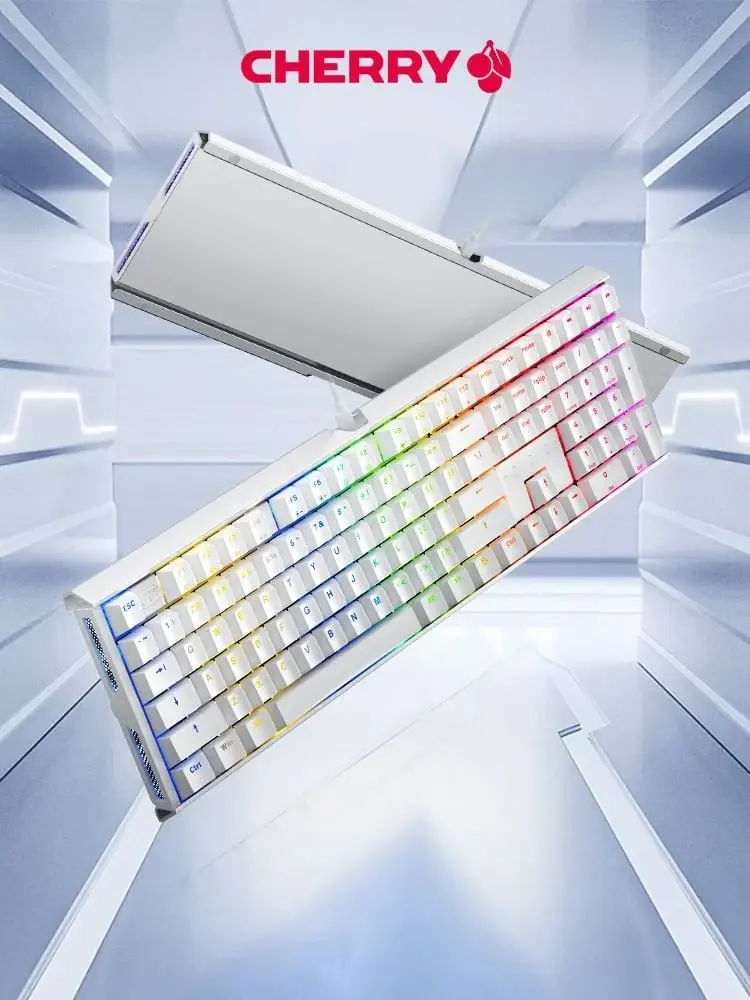Tech giant Apple has reached a settlement in a lawsuit that accused the company of being complicit in iTunes gift card scams. The terms of the settlement, which were submitted to a federal court in San Jose, California, are currently awaiting preliminary approval from US District Judge Edward Davila.
The Allegations
The lawsuit centers around Apple's alleged involvement in allowing scammers to exploit iTunes gift cards. The scam involved pressuring victims into purchasing Apple gift cards for various fabricated reasons, such as taxes, medical bills, bail, or debt collection. Despite warnings against it, victims were then instructed to provide the scammers with the card codes.
Accusations Against Apple
Apple is accused of depositing 70% of the stolen funds into the scammers' bank accounts while keeping the remaining 30% as a "commission" for knowingly converting the stolen codes into monetary assets. The lawsuit estimates that the scam has caused victims to lose "hundreds of millions of dollars."
Lawsuit Details
The lawsuit covers individuals in the United States who purchased gift cards redeemable on iTunes or the App Store between 2015 and July 31, 2020. These individuals allege that they provided their card codes to fraudsters and did not receive refunds from Apple.
Legal Proceedings
The legal proceedings gained momentum in June 2022 when Judge Davila rejected Apple's attempt to have the case dismissed. The judge deemed Apple's denial of liability, even after victims reported being scammed, as unconscionable.
Importance of Accountability
This lawsuit highlights the increasing importance of holding tech giants accountable for consumer protection and financial security. It also serves as a warning about the potential risks associated with digital transactions and the use of gift cards.
Settlement Process
While Apple and the plaintiffs' lawyers have not yet responded to requests for comment, the mediation process played a crucial role in reaching the settlement terms. The formal settlement is currently being drafted and awaits preliminary approval from the judge. This is a significant step in addressing the aftermath of the iTunes gift card scam.








